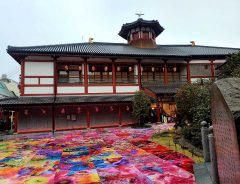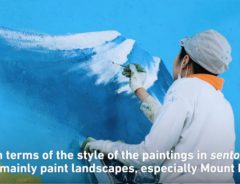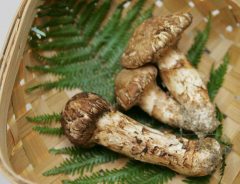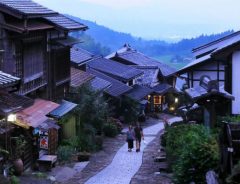- Tags:
- Hot Springs / JAPAN Forward / Onsen
Related Article
-

JAPAN BLUE – Bringing Tradition Closer to Everyday Life
-

Dogo Onsen: Wrapped in History and Charm
-

Japan’s First Female Sento Artist Hopes To Revitalize Public Baths With Soothing Murals
-

Kanazawa’s Gift: The World Discovers the Autumn Flavor of Japanese Matsutake
-

Illustrator gozz imagines what lurks beneath an onsen’s cold water tub [thalassaphobia alert]
-

Edo Era Post Towns Charm Foreign Hikers from Magome to Tsumago



Often described as open-air baths, they include a little adventure ー with views of the ocean, river, or mountains, under the blue sky or bright stars. By JAPAN Forward
A hot spring bath, called an onsen, is a quintessential component of Japanese culture. Since living on a volcanic island chain means there are hot springs everywhere, it is easy to see why the Japanese have utilized this natural resource for millennia.
There are over 20,000 hot spring sources currently, although many are artificially drilled. If you plan on visiting Japan, I highly recommend taking at least one night to stay in an onsen ryokan. The hot spring, kaiseki-style meals, and tatami rooms with futon mattresses are all unique Japanese experiences found nowhere else in the world.
Whereas the Eskimos have 50 words for snow, the Japanese have almost as many related to hot springs.
How Many Ways Can You Say Bath?
There are the ubiquitous uchiburo and rotenburo (inside and outside onsen, respectively), higaeri onsen (day use spa), sento (a bath that is not a hot spring), konyoku (mixed bathing), hitou (secret onsen), reisen (cold onsen), ashiyu (footbath), kashikiri buro (private bath), dokutsuburo (cave onsen), and ganbanyoku (stone bathing), to name just a few. If the variety of vocabulary indicates cultural values, clearly, onsen are important to Japan.
There is an entirely different class of onsen, however. These hot springs are off the tourist map, hard to find, and typically require extensive effort to reach. I refer, of course, to notenburo.
Commonly translated as “open-air bath,” I prefer describing notenburo as wild springs. None of the typical facilities like changing rooms, showers, or soap/shampoo are provided.
There are also typically no fees. Simply a hot bath with views of the ocean, river, or mountains, under the blue sky or bright stars.
As you might have already guessed, this is my favorite kind of onsen. Visiting a notenburo feels like finding a desert oasis. And it usually involves some adventure. I visit notenburo periodically, but three remain especially etched in memory. Let me tell you about them.
A notenburo in the wild (Photo by Daniel Moore.)
Written by Japan ForwardThe continuation of this article can be read on the "Japan Forward" site.
Japan’s Onsen are Famous, But its Notenburo are Even Better!